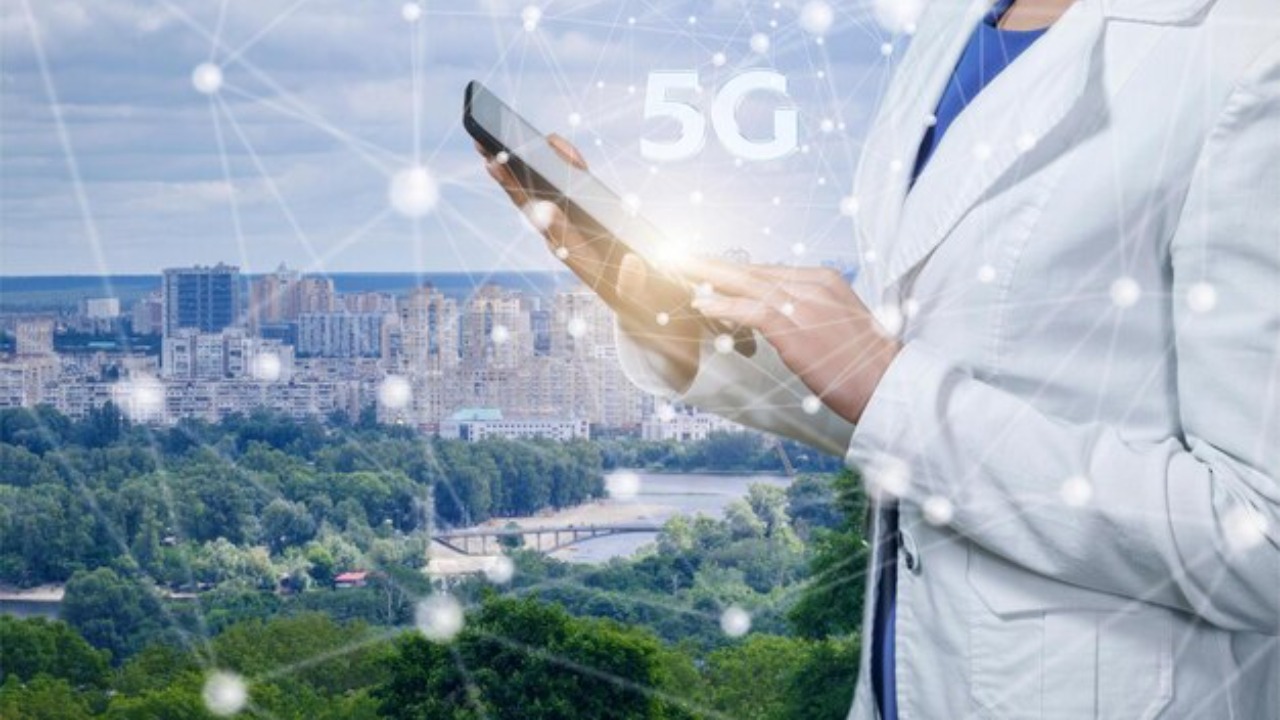
The rollout of 5G technology has promised faster internet speeds and more reliable connections, but it has also raised concerns about potential health risks. While some fear that 5G signals could be harmful to humans, it’s important to examine what current research indicates about these concerns. Scientific findings on 5G’s impact on human health help to separate fact from fiction.
Understanding 5G Technology

Basics of 5G Technology
5G technology represents the fifth generation of wireless communication. Unlike its predecessors, 5G operates on higher frequency bands, known as millimeter waves, which allow for increased data transfer rates and capacity. This technology is designed to support a higher density of users and devices, which is crucial as the Internet of Things (IoT) continues to expand.
Infrastructure and Deployment
The infrastructure required for 5G includes a network of small cells, which are low-powered antennas that provide coverage over smaller areas. Unlike 4G towers, these small cells can be installed on streetlights and buildings, paving the way for a more integrated urban landscape. This deployment strategy differs significantly from 4G, which relies on larger cell towers spread over wider areas.
Potential Benefits of 5G
5G technology promises a range of benefits, such as faster data speeds and improved connectivity, which could revolutionize industries from healthcare to transportation. Applications like real-time video streaming, enhanced virtual reality experiences, and smart city innovations are just a few examples of what 5G can enable.
Health Concerns and Public Perception

Public Fears and Misconceptions
One of the main concerns about 5G is the potential link to cancer due to exposure to electromagnetic fields (EMFs). Some individuals also report symptoms of electromagnetic hypersensitivity, though scientific evidence supporting these claims is limited. The fear of unknown health risks often fuels public anxiety.
Media Influence and Misinformation
Media coverage plays a significant role in shaping public perception of 5G health risks. Sensational headlines and misinformation can amplify fears, even when scientific evidence does not support them. Articles like this one explore how media can influence public opinion.
Comparing 5G to Previous Technologies
The health concerns surrounding 5G are not new. Similar fears were raised with the introduction of 3G and 4G technologies. However, extensive research over the years has shown no conclusive evidence linking these earlier technologies to adverse health effects, suggesting that 5G may follow the same pattern.
Scientific Research on 5G and Health

Current Studies and Findings
Recent studies on 5G frequencies have not found conclusive evidence of significant health risks. For instance, research published in scientific journals often emphasizes that the non-ionizing radiation used by 5G is not strong enough to damage DNA or cells.
Regulatory Standards and Safety Limits
International bodies like the World Health Organization (WHO) and the International Commission on Non-Ionizing Radiation Protection (ICNIRP) have set strict safety guidelines for exposure to 5G signals. These guidelines are based on extensive research and are designed to protect public health.
Limitations and Gaps in Research
Despite the available research, there are still limitations and gaps that need to be addressed. The long-term effects of 5G exposure are not yet fully understood, necessitating further studies. Ongoing research is crucial to continually assess potential risks as technology evolves.
Expert Opinions and Scientific Consensus

Statements from Health Organizations
Health organizations such as the WHO have stated that no adverse health effects have been causally linked with exposure to wireless technologies, including 5G. These statements are based on a comprehensive review of existing scientific evidence.
Opinions from Leading Scientists
Leading scientists and researchers, such as those contributing to studies like this one, generally agree that while continuous monitoring is advised, the current evidence does not support the idea that 5G poses significant health risks.
The Importance of Ongoing Research
As 5G technology becomes more widespread, it is vital to continue research and monitoring efforts. Emerging studies, like those discussed in scientific literature, help ensure that any potential health effects are promptly identified and addressed.
Practical Considerations for the Public

How to Stay Informed
To stay informed, it is important to rely on reputable sources for information. Look for studies published in peer-reviewed journals and statements from trusted health organizations. Avoid sources that lack scientific backing or spread misinformation.
Balancing Benefits and Risks
When considering the potential risks of 5G, it’s essential to weigh them against the significant benefits the technology offers. Faster connectivity and the enhancement of various sectors can greatly improve quality of life and economic growth.
Personal Precautions
For those who remain concerned about exposure to 5G signals, practical measures can be taken. Reducing screen time, using speakerphones or earphones, and staying informed about technology developments can provide peace of mind.